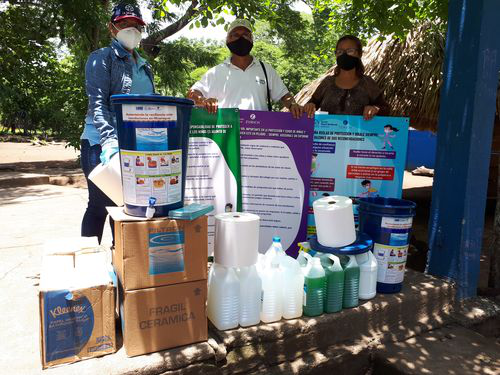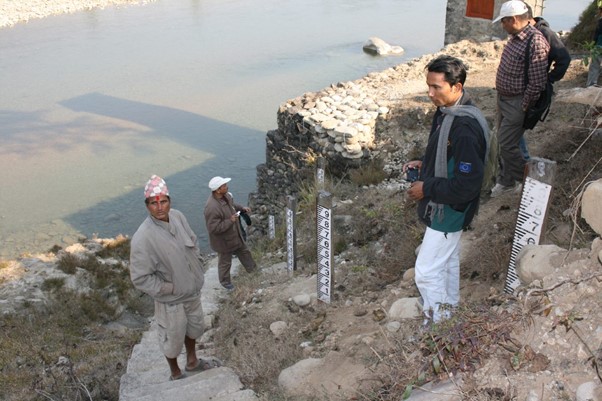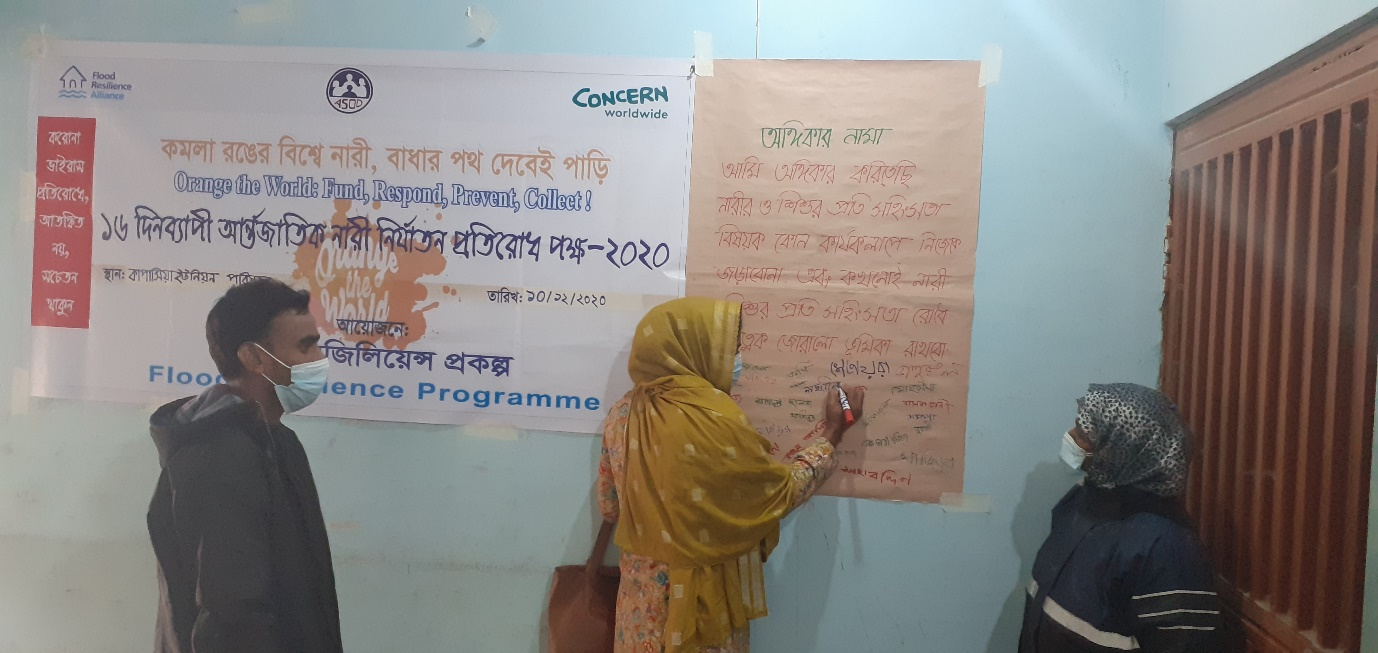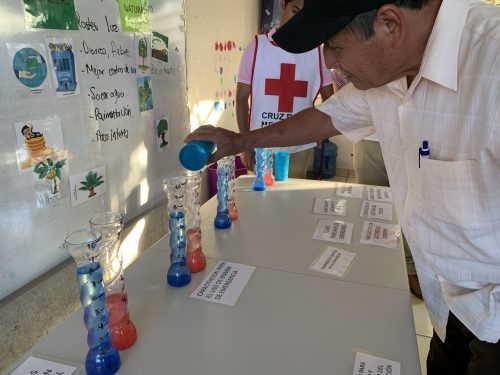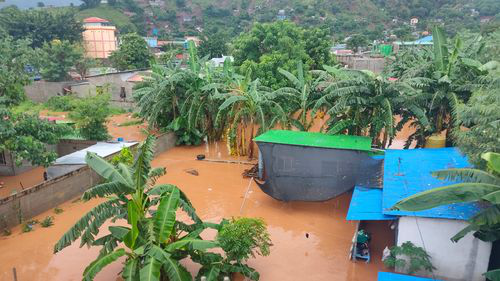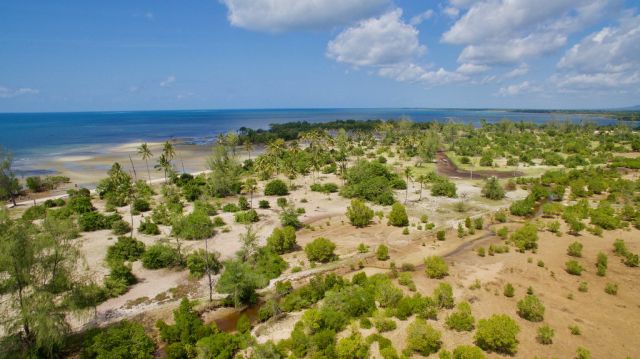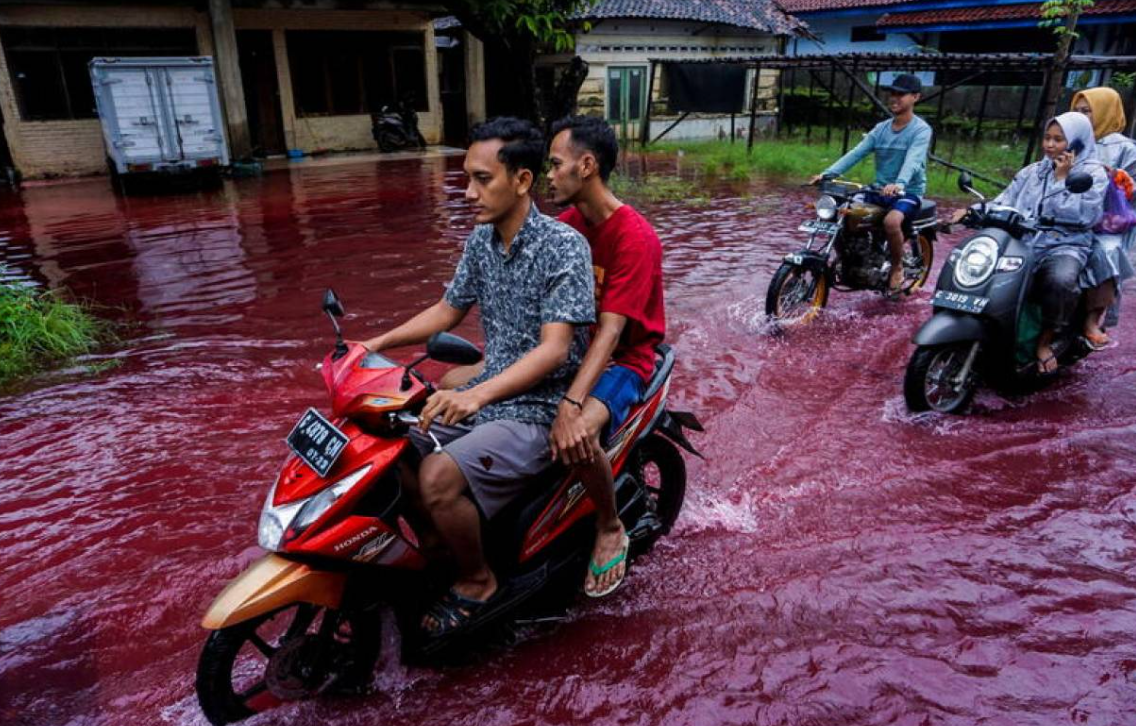As part of the Zurich Flood Resilience Alliance, Plan International (Plan) has facilitated community groups to coordinate preparedness and response to flooding. This blog showcases how these groups leveraged their flood resilience capacity to respond to the outbreak of COVID-19.
Forecast-based early action and early warning systems are integral components of disaster resilience and have the potential to reinforce one another, enhancing the effectiveness of these tools for greater risk reduction, management and response.
When the storm hit Vanuatu last year, the lack of international support gave local aid workers a chance to be heard
As part of the Zurich Flood Resilience Alliance Concern Worldwide works with our local partner Assistance for Social Organization and Development (ASOD) in 22 flood-affected communities in Bangladesh. We know that gender equality and the eradication of gender-based violence is required for resilience, this blog describes how we work to achieve this.
In response to a lack of empirically verified measurements for disaster resilience the Zurich Flood Resilience Alliance set out in 2013 to develop such a framework for measuring community flood resilience. We’re now evolving our approach to allow the measuring of resilience to other hazards while staying true to the benefits of specific resilience measurement.
After a night of torrential rain resulting from Tropical Cyclone Seroja, Dili the capital city of Timor Leste woke up on Easter Sunday to severe floods causing extensive damage to homes, business, and infrastructure. In the worst impacted areas, the water level rose above two metres, swept away homes and as a result at least […]
In the face of flooding, we’re all at risk, but marginalized communities are disproportionately affected. As Houston has learned after recurring disasters, floods don’t discriminate, but recovery does. To build long-term, effective resilience, the most impacted communities must be central to decision-making processes. Enter: the Harris County Flood Control District’s Community Flood Resilience Task Force.
Nature-based solutions are key to advancing climate adaptation. These are approaches that work with nature, not against it – from restoring wetlands, which can protect against storms, to conserving forests that stabilize soil and slow water runoff. Mangrove forests, for example, save an estimated $80 billion per year in avoided losses from coastal flooding globally, […]
Heavy groundwater extraction, compounded by worsening floods as the climate warms, raises the prospect of lost land and forced relocation

